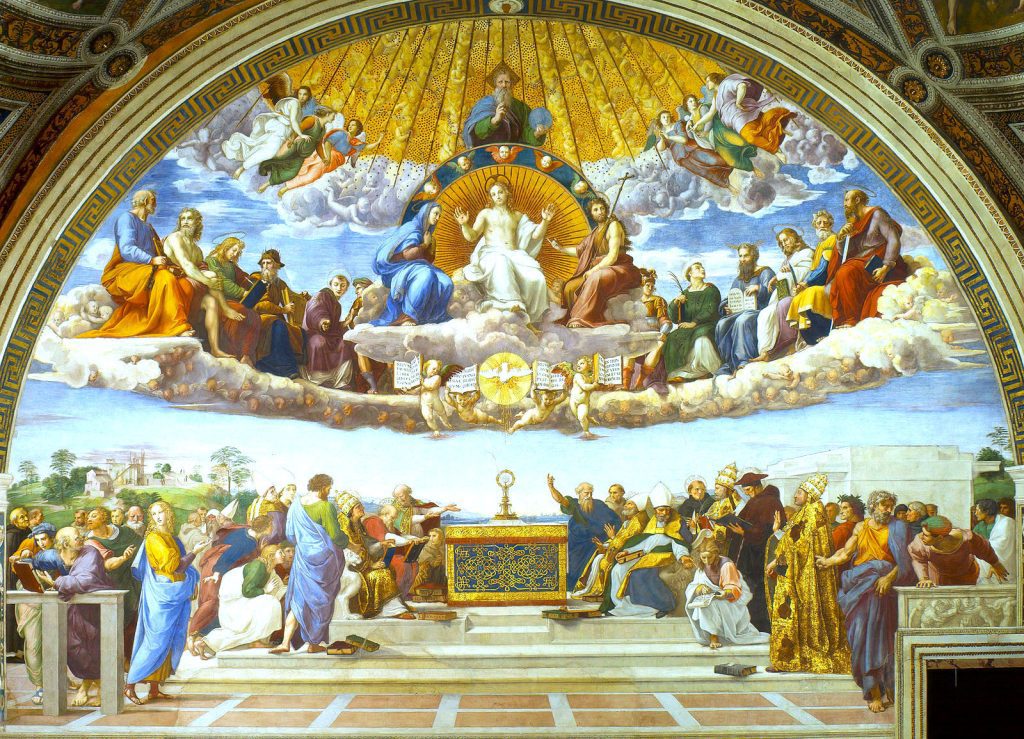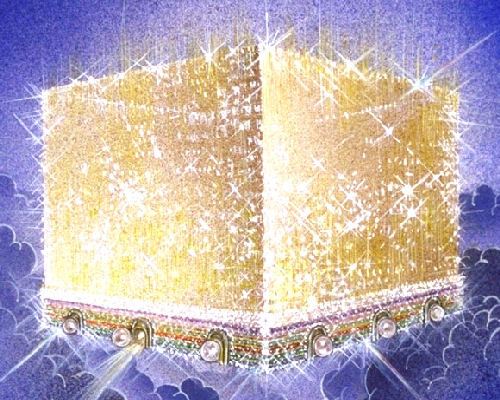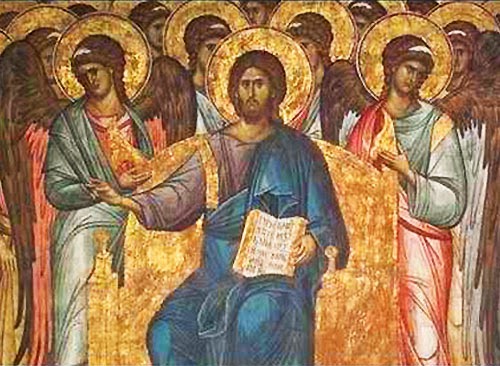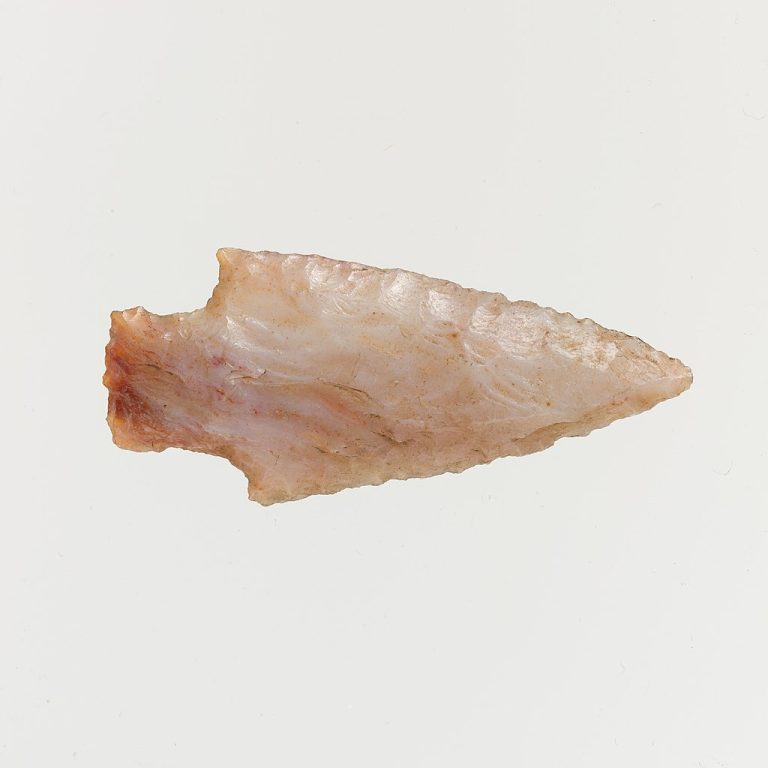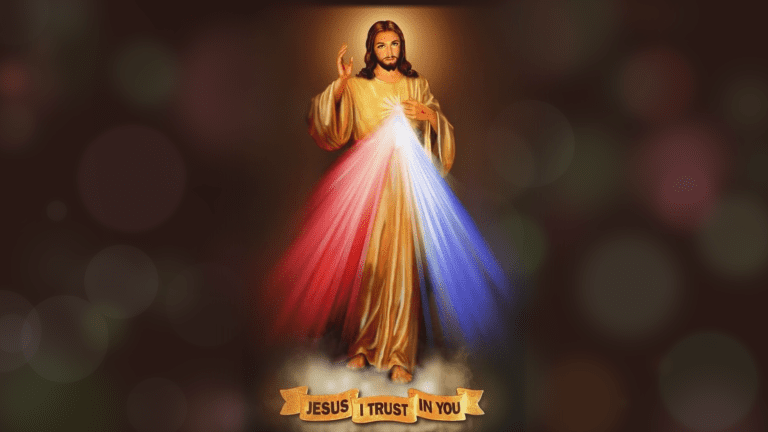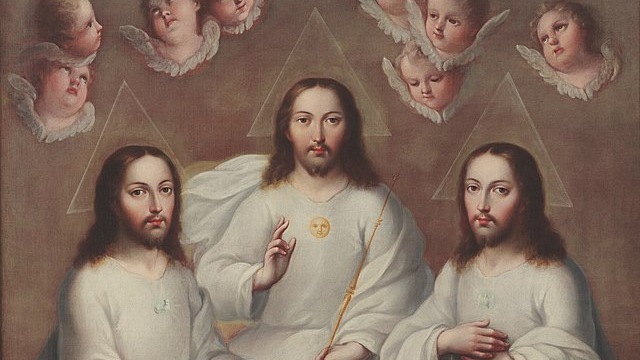Jupiter, the largest of the planets, is now very visible an hour or so after dark. By nine or ten at night, it’s about where the sun was at ten o’clock in the morning. It can be seen clearly and easily; it is the brightest thing in that part of the sky. A small telescope, one with 40x or so magnification, such as those used by hunters or bird-watchers, is easy to set up on a stable tripod. Then, aim it at Jupiter and focus carefully.
If you take the trouble to do so, you will see the same magic that Galileo saw on a clear night: a few of Jupiter’s moons hanging miraculously in the sky as they circle around it. Remember where the three or four moons were, and look again a night or two later. You will see that the moons have moved. It’s very similar to what the planets look like, revolving around the sun.
Making it all the more fascinating: Jupiter’s moons are all on the plane of the ecliptic, the fairly flat plane on which the planets revolve around the sun. When we see three or four moons revolving around Jupiter, we are seeing what the three or four nearest planets look like as they circle around the sun. We are seeing a reflection of the huge forces going on in our own lives, duplicated in miniature, hundreds of millions of miles away.
Galileo confirmed the Copernican conclusion that the earth went around the sun by seeing how Jupiter’s moons revolved around it. Suddenly, we can see right before us how his mind worked. We are made aware that we, too, can make similar conclusions from things that we see. Getting in the habit of doing so may not make us geniuses, but it will extend the reach of our minds.
That’s a good reason to actually take the time to look at Jupiter’s moons. The tiny, tiny orbs can have a disproportionately large effect on improving our ability to think and imagine. Seeing those miniscule dots of light can bring our own minds, at least for awhile, into the lofty orbit of a brilliant scientist even as reflecting on the experience expands our own horizons.
When we, on earth, look at Jupiter and its moons, we realize that a person on Jupiter, looking at our earth, would also see our moon rotating around it. For a brief moment, our consciousness is expanded.

